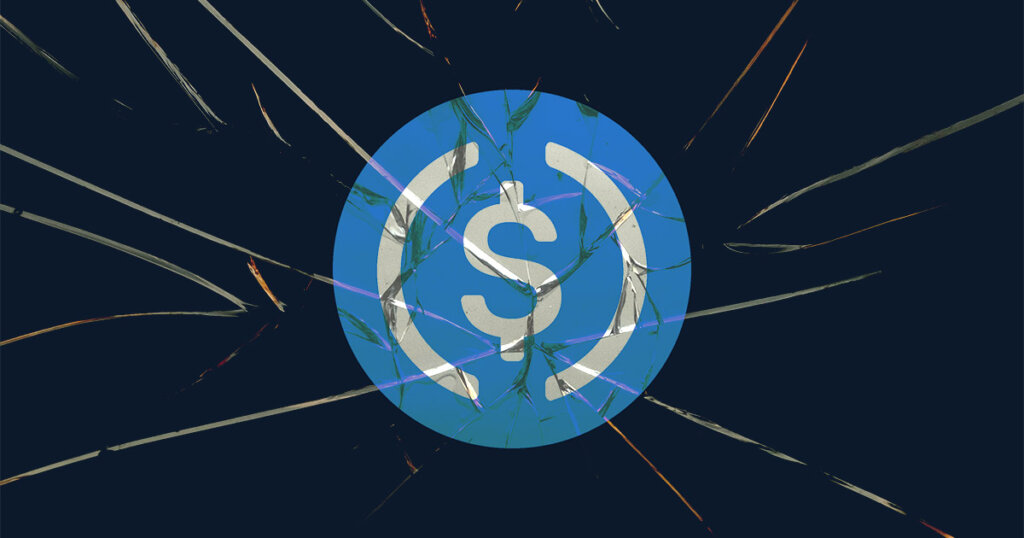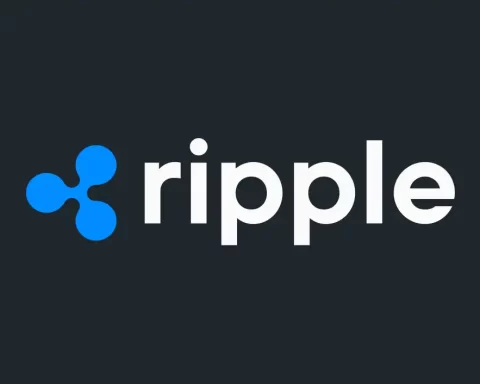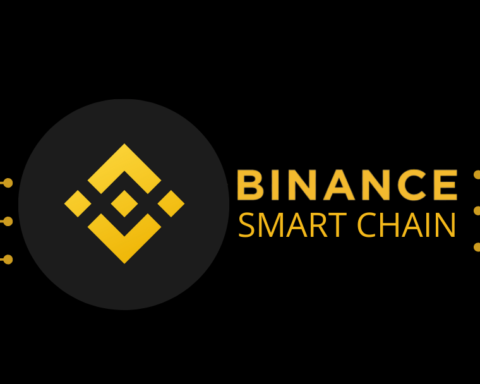Circle CEO Jeremy Allaire recently estimated that up to 70% of the adoption of the USD Coin (USDC) is coming from countries outside of the United States.
Despite the perception that USDC is primarily focused on the US market, the majority of its adoption is happening in emerging and developing markets worldwide.
Allaire revealed this information in a tweet to his 131,300 followers on Twitter, acknowledging the strong progress of USDC in regions like Asia, Latin America (LATAM), and Africa.
This emphasis on non-U.S. adoption is not unique to USDC alone. Paolo Ardoino, the chief technology officer of Tether, a competitor stablecoin issuer, also emphasized the significance of non-U.S. markets.
He stated that Tether’s stablecoin, USDT, can be seen as a safe tool for emerging markets and developing countries.
Cointelegraph attempted to reach out to Circle for further details about their expansion plans in non-U.S. markets but had not received a response at the time of publication.
Allaire’s comments coincided with PayPal’s announcement of its own USD-pegged stablecoin, PayPal USD (PYUSD). Allaire congratulated both PayPal and Paxos for entering the stablecoin space, expressing excitement about the entry of a significant internet and payments company and attributing it to improved regulatory clarity.
READ MORE: Chamber of Digital Commerce Releases Report on SEC vs Ripple Ruling
However, there has been a decline in USDC supply since the beginning of 2023, caused by reduced demand and increased redemptions.
As a result, the stablecoin market share of USDC has shrunk to only 21%, with a total circulation of $26.1 billion.
Regarding liquidity concerns, Allaire confirmed that redemptions were outpacing issuance. Over the past month, Circle issued $5 billion USDC but redeemed $6.6 billion USDC.
Circle is actively expanding its global banking and liquidity network, collaborating with high-quality banks in major regions worldwide.
In an Aug. 3 transparency report, Circle revealed that 93% of its Circle Reserve Fund portfolio is invested in short-dated U.S. Treasuries, overnight U.S. Treasury repurchase agreements, and cash. The remaining 7% constitutes cash reserves held at banks.
Earlier in June, Circle obtained a Major Payment Institution license from the Monetary Authority of Singapore, signaling further strides in its global expansion efforts.
Other Stories:
Digital Currency Group Faces Regulatory Scrutiny Over Transactions with Genesis Global Capital
2024 Presidential Candidates’ Mixed Views on Crypto




